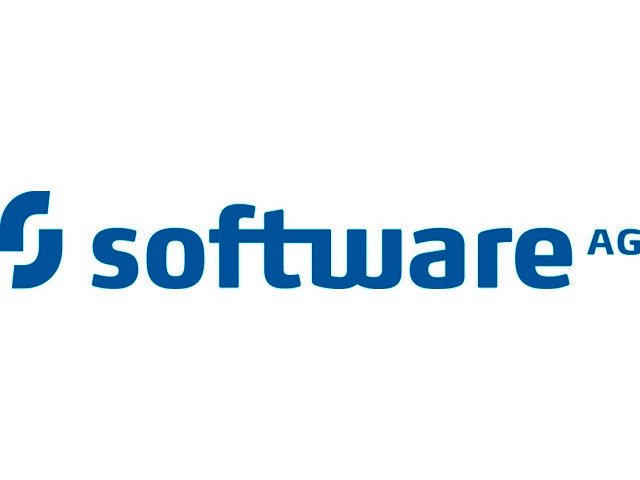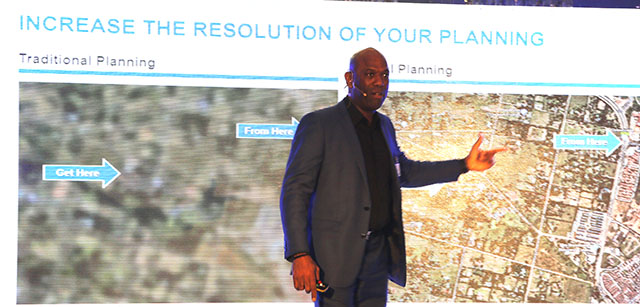Software AG Innovation Tour: A deeper look at planning
By Ryan Noik 24 July 2018 | Categories: Corporate Events
Software AG’s Innovation Tour, held in Melrose Arch, was an intimate event that packed a punch of insights for businesses, technologists and anyone grappling with living in the turbulent and uncertain 21st century.
As many in the IT industry have in their own way noted, part and parcel of thriving amid the uncertainties that people, and businesses face, is dealing with innovation. Thus each speaker unpacked a different approach, or perspective, on the topic.
The first speaker of the day, Patrick Shields, the chief technology officer at Software AG, stressed that key to innovation is planning, particularly as organisations respond to the need to create, generate and deliver business value.
Planning to succeed
But effective planning is not just advised, it’s essential to the success of any project. Shields pointed out that, for example, while IoT is currently perceived as delivering terrific value, the actual end result of IoT projects tells a different story. “Only 30% of them make it out of their pilot phase. Of those that do succeed only 60% of IoT projects that are proposed produce the value that they initially promised. The reason for the other 40% failing to do so? I believe it comes down to lack of planning,” he noted.
Shields continued that businesses can either plan and design in an analog, old school way, or a digital way. However, it was the latter approach that he encouraged. More particularly, he detailed approaching planning from a digital ‘high-resolution’ point of view, likening it to seeing a low resolution version of a Google map versus a high resolution one.

Going high
“If I do low resolution planning, when it comes time to execute on what I've done, I have fewer details to guide my journey, and may end up in the wrong place,” he continued.
The answer then is to do high-resolution planning. What this means in practical terms is that businesses need to pursue having a deep understanding of not just their data, but the metadata (data about one’s data) at their disposal. Furthermore, companies also must understand the relationship between different pieces of metadata as they go about making their decisions about their digital transformation journey.
“It is like trying to walk across a platform with my hands over my eyes. There are some details about the edge of the stage that I need to be aware of, that; if I'm not I may trip and fall. The same is true for business cases for projects and programs. If there are details that you are not taking into account and relationships between certain aspects of the value you want to deliver, then you are more likely to make decisions about delivery that may cause you to miss the mark,” he stressed.
In a nutshell
Admittedly, talking about metadata, and the relationships between metadata, may seem bewildering. However, Shields noted that put simply, there is data on top of data about the outcomes businesses are looking to produce. Those data elements need to be captured, related to one another, and stored in a single repository.
His takeaway message to businesses was that by doing so, organisations can have far more effective planning, leading to more successful outcomes.
Most Read Articles

Have Your Say
What new tech or developments are you most anticipating this year?



